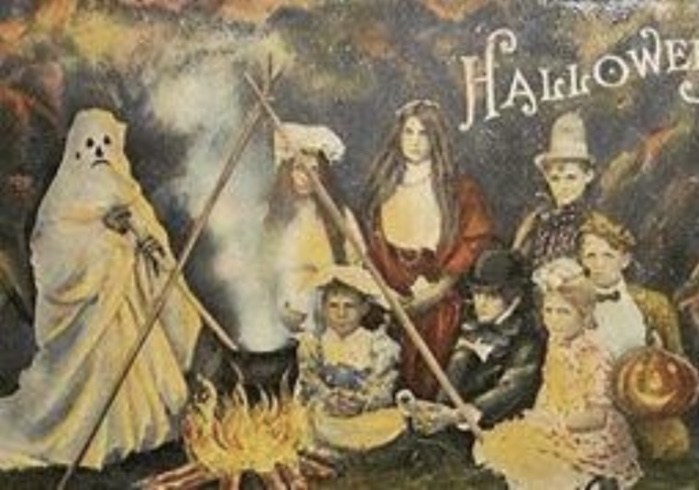
It’s Halloween Month and the time for “Trick or Treat”
Early Halloween Treats
During the Medieval time period through the 1930s, children in England would go door-to-door on Halloween offering prayers for the souls of the household in exchange for rice or soul cakes. This practice, known as souling, was brought with the early settlers over to America.
This custom changed to trick-or-treating in the early 1930s and 1940s as children would go door-to-door asking for a treat on Halloween, which neighbors would supply in order to avoid the trick that may occur if no treat was given. Children would receive homemade treats, such as cookies and pieces of cake, nuts, coins, small toys and fruit.
Favorite Candy: Sour Patch Kids (63,630 pounds)
Second Favorite: Starburst (40,409 pounds)
Third Favorite: M&Ms (15,831 pounds)
The history of Candy Corn
Over 25 million pounds of this sweet treat are sold each year. Candy Corn was created in the 1880s by George Renninger, who named the candy “Chicken Feed.”
Candy Corn is made with a mixture of corn syrup, sugar, fondant, marshmallow creme and vanilla. The tri-color candies resemble the look of corn and has become a fall treat due to the fall harvest. Wunderle Candy Co. is now Jelly Belly Candy Co.
The saga and the myth of the Jack O’Lantern
Pumpkin carving being associated with Halloween comes from a method used by the Celts to ward off evil spirits during Samhain (a festival where many of the traditions of Halloween come from).
The Celts would hollow out turnips, then carve faces in them and place candles inside. The turnips were then either placed in the windows, to keep evil spirits from entering a home, or carried around as lanterns.
This tradition eventually melded with the North American tradition of carving pumpkins. At this point, the carving of pumpkins, which had been around in North America before Halloween was popularly introduced, became associated almost exclusively with Halloween (around the 19th century).
 Copyright secured by Digiprove © 2021 Lady Haight-Ashton
Copyright secured by Digiprove © 2021 Lady Haight-Ashton